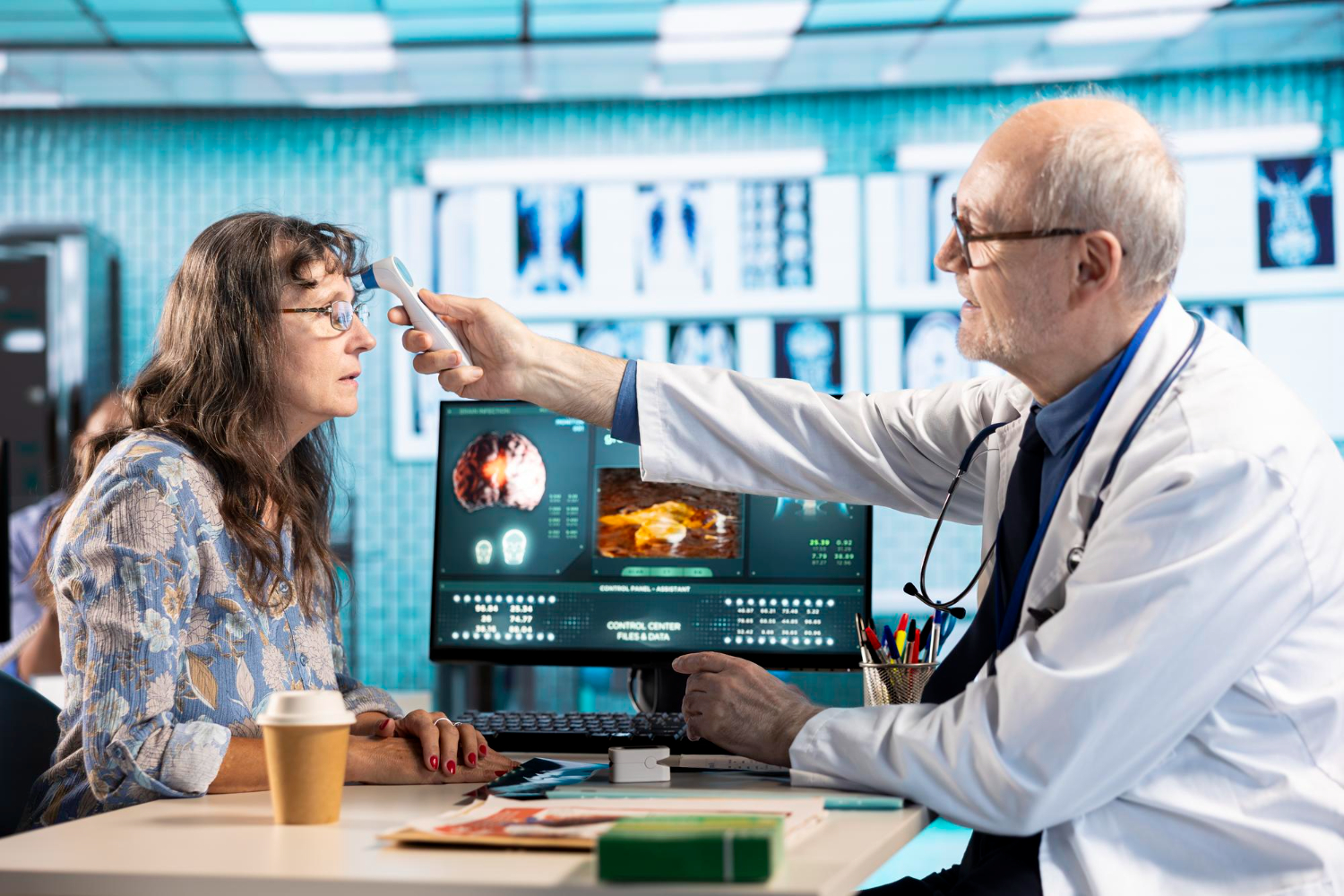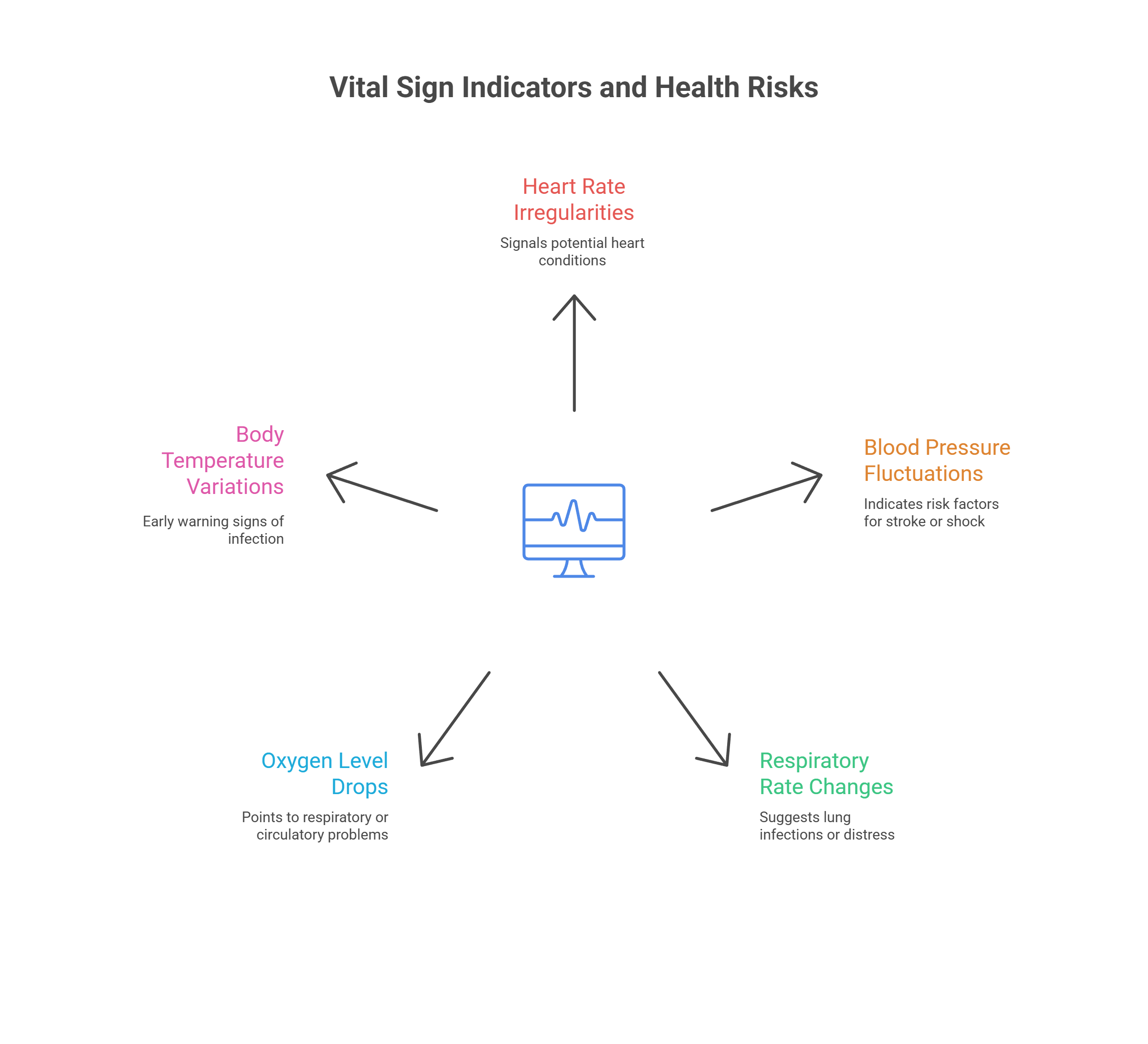Advanced Monitoring Technologies in Aged Care

Aged care is changing, and technology is playing a major role. The days of relying solely on manual checks are long gone. Now, vital sign tracking and health monitoring systems are reshaping the way aged care facilities keep residents safe and healthy. These advancements are more than just fancy gadgets—they are practical tools that help businesses maintain patient safety without added stress.
Why Monitoring Matters in Aged Care
Looking after elderly residents is no small task. Their health can change in the blink of an eye. A small fever, a slight drop in oxygen levels, or an irregular heartbeat could mean something serious. Missing these warning signs can lead to unnecessary complications. That is where technology comes in. Technology tracking allows aged care providers to detect problems before they turn into emergencies.
How Vital Sign Tracking Works
At its core, vital sign tracking keeps an eye on the most important indicators of a person’s health. This includes:
- Heart rate – Irregular heartbeats or sudden spikes can signal heart conditions.
- Blood pressure – High or low readings can indicate risk factors for stroke or shock.
- Respiratory rate – Changes in breathing patterns can suggest lung infections or distress.
- Oxygen levels – Low levels may point to respiratory issues or circulatory problems.
- Body temperature – Fevers or drops in temperature can be early warning signs of infection.
Advanced systems collect this information continuously and notify caregivers if something is off. No more waiting until the next scheduled check-up—problems can be caught right away.

Benefits of Health Monitoring Technology
1. Prevents Health Crises
Waiting until symptoms become obvious can be risky. A person may not always show clear signs of distress. By tracking vital signs in real time, caregivers can act fast, preventing hospital visits and serious complications.
2. Reduces Staff Workload
Manually checking each resident’s vital signs throughout the day takes time. Automated monitoring allows staff to focus on direct care while still keeping a close watch on health data.
3. Supports Better Sleep for Residents
Nobody likes being woken up every few hours for a routine check. With continuous monitoring, elderly residents can sleep soundly without interruptions.
4. Improves Response Times
If something goes wrong, alerts go out instantly. Staff can respond to health concerns without delay, improving safety and peace of mind.
5. Helps with Long-Term Health Tracking
Long-term patterns in health data can help doctors make better decisions. Instead of relying on occasional check-ups, medical professionals can review a steady stream of information to adjust treatments.
Common Monitoring Technologies in Aged Care
Wearable Devices
Many seniors wear small devices that track heart rate, oxygen levels, and movement. These are comfortable, lightweight, and easy to wear all day.
Bedside Monitors
These systems track breathing patterns and body movements while a person sleeps. They help detect irregularities without needing direct contact.
Smart Sensors in Rooms
Some facilities use sensors in rooms that track movement and breathing. If someone falls or stays still for too long, the system alerts staff immediately.
Non-Intrusive Cameras
Some technologies use cameras with artificial intelligence to monitor movements. These cameras do not invade privacy but focus on detecting changes in behavior or distress signals.
Remote Monitoring
Doctors and nurses can access real-time data from anywhere. This allows healthcare professionals to provide guidance without always being physically present.
What to Consider When Choosing a Monitoring System
Picking the right technology for an aged care facility is not as simple as grabbing the latest gadget off the shelf. Here are some key factors to think about:
- Ease of Use – Complicated technology wastes time. Look for systems that are simple and intuitive.
- Accuracy – False alarms cause unnecessary panic, while missed warnings can lead to harm.
- Privacy Concerns – Residents have a right to their privacy. Any monitoring system should balance safety with dignity.
- Integration with Existing Systems – The new technology should work well with what is already in place.
- Cost and Maintenance – Some systems require ongoing maintenance, so be sure to factor that in.
.png)
Challenges and Future Developments
While health monitoring technology has made huge strides, it is not perfect. Some common challenges include:
- False alarms – If a system sends too many unnecessary alerts, staff might start ignoring them.
- Technology resistance – Some caregivers or residents might be hesitant to rely on technology.
- Connectivity issues – Reliable internet and power are essential for these systems to work properly.
Looking ahead, artificial intelligence and machine learning will likely play an even bigger role. These advancements will help predict health issues before they happen, making aged care facilities safer and more efficient.
Final Thoughts
Advanced monitoring technologies in aged care are not just about keeping up with trends. They are about improving patient safety and giving caregivers the tools they need to do their jobs effectively. With vital sign tracking and health monitoring, aged care providers can take a proactive approach, ensuring that elderly residents receive the best care possible.
The future of aged care is about working smarter, not harder. And that is something everyone can appreciate.